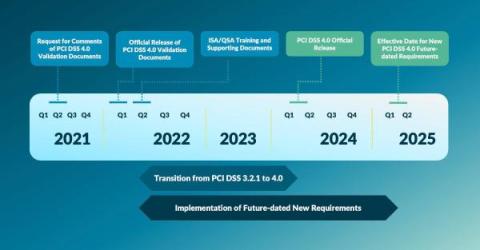These 5 Critical Capabilities Enhance DevSecOps Effectiveness
Implementation of a DevSecOps approach is the most impactful key factor in the total cost of a data breach, according to IBM’s Cost of a Data Breach Report 2023. DevSecOps, security practices integrated in DevOps, represents an advanced practice where the choice of tools is crucial for maximum risk reduction.










